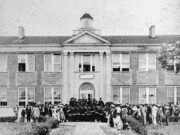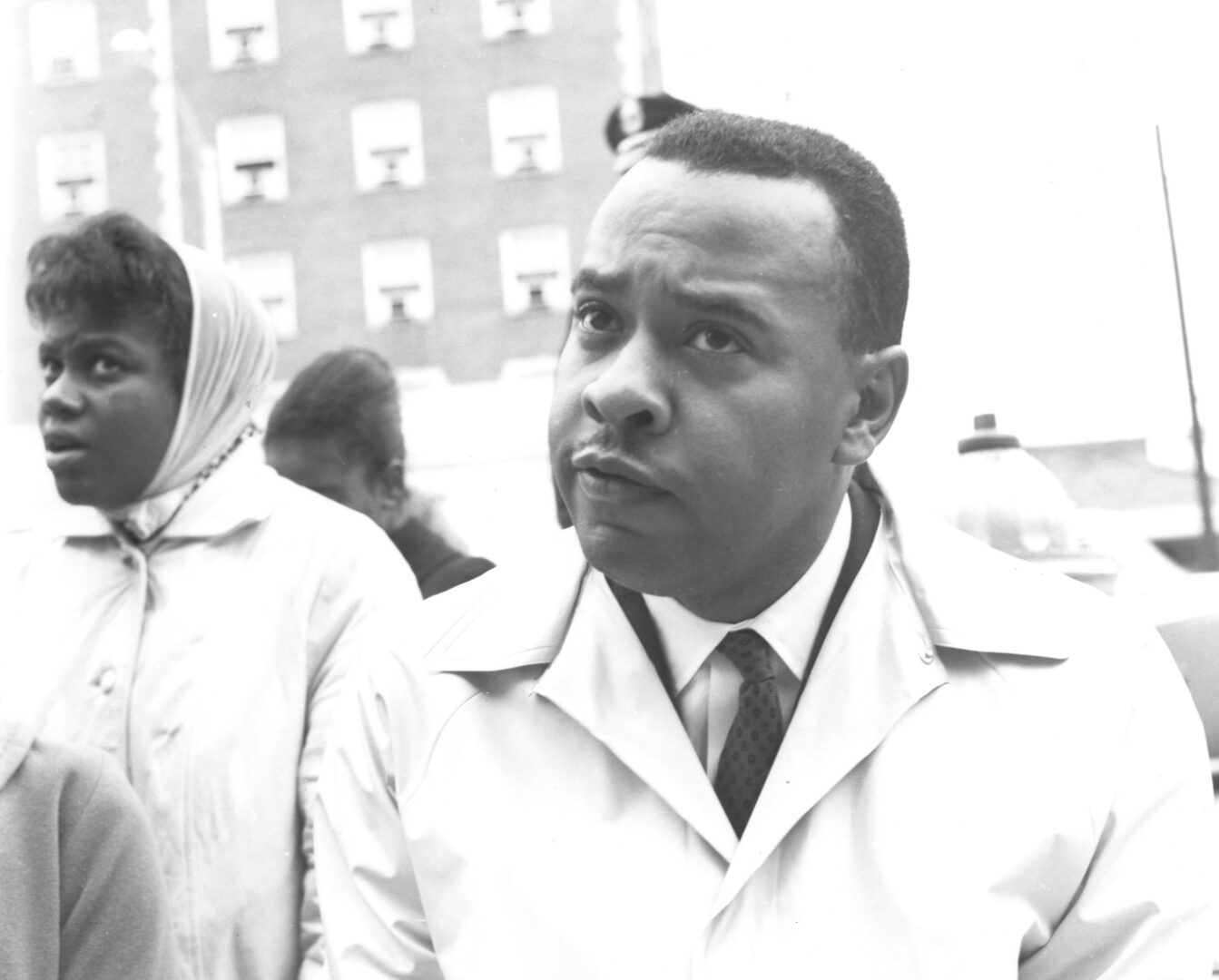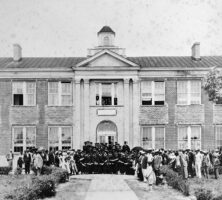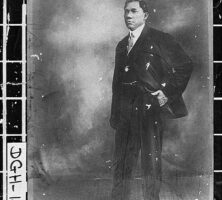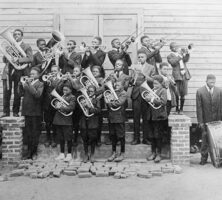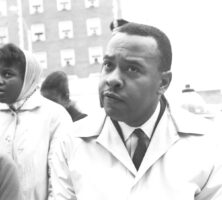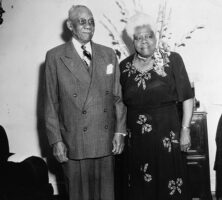Founded in 1903, Albany State University is one of three historically Black colleges and universities in the University System of Georgia.
The school is located in the city of Albany in the southwestern portion of the state. From its origins as a Bible and agricultural school, Albany State has become a key component of the state’s university system and an important part of the educational landscape of south Georgia.
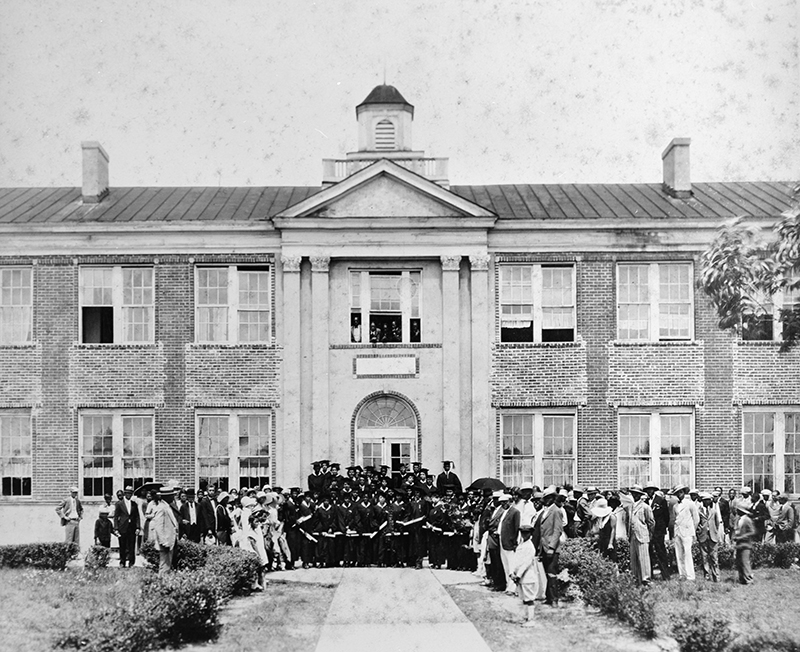
Origins
Joseph Winthrop Holley founded the school in 1903 as the Albany Bible and Manual Training Institute. Born in 1874 to formerly enslaved people in Winnsboro, South Carolina, Holley was sent by the Reverend Samuel Loomis and his wife, who were training teachers, to Brainard Institute and then Revere Lay College in Massachusetts. While at Revere Lay College, Holley got to know one of the school’s trustees, New England businessman Rowland Hazard. Hazard took a liking to young Holley and arranged for him to continue his education at Phillips Academy in Andover, Massachusetts. Holley wished to enter the ministry and, in preparation, completed his education at Pennsylvania’s Lincoln University.
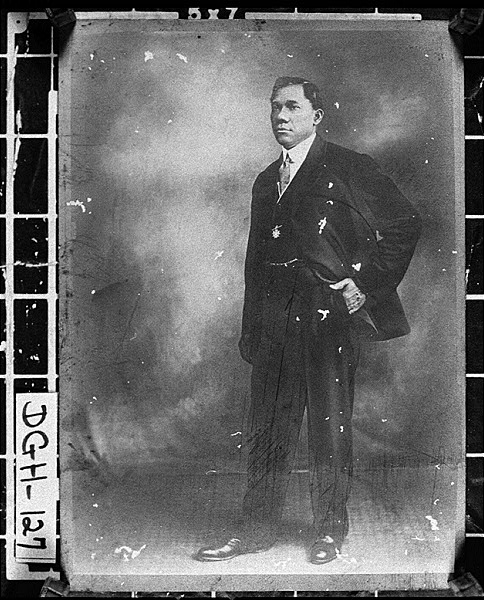
Holley’s return to the South was inspired by his reading of W. E. B. DuBois’s writings on Black Georgians. Shocked by DuBois’s description of the poor living conditions experienced by Black southerners, Holley decided to move to Albany and start a school. Before leaving the North, Holley had the chance to meet with Booker T. Washington, who further encouraged Holley in his plans. With a $2,600 gift from Hazard’s sister, Anna, and his daughter, Caroline, Holley moved to Georgia and within a year had organized a board of trustees and purchased fifty acres, close to the banks of the Flint River, for the campus.
The school was initially aimed at providing elementary education for the local Black population, along with some secondary and teacher-training course work. The institution was successful in its first decade, and in 1917 the state of Georgia decided to financially support the school and turn it into a two-year college. Agricultural and teacher training became the school’s focus, as reflected in its new name, the Georgia Normal and Agricultural College.
Albany State College
The school continued to grow over the next several decades. In 1932 it became part of the University System of Georgia and in 1943 was granted four-year status as a teacher-training facility and renamed Albany State College. The transition to a four-year college dramatically increased enrollment. By 1948, 722 students attended Albany State, a significant increase over the 1943 enrollment of 190 students.
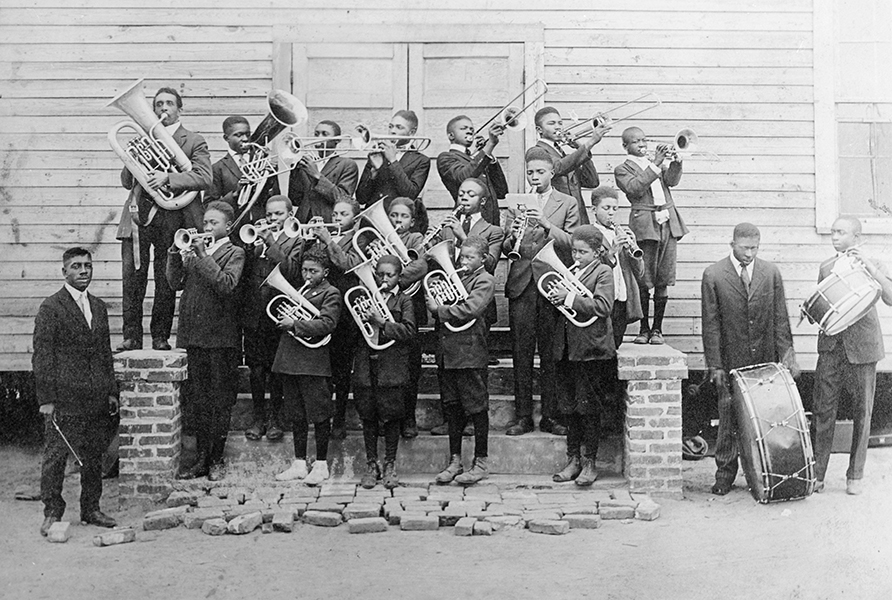
Holley retired in 1943, after serving as president for forty years. He was succeeded in the presidency by Aaron Brown (1943-54), William Dennis (1954-65), Thomas Miller Jenkins (1965-69), Charles Hayes (1969-80), Billy C. Black (1980-96), Portia Holmes Shields (1996-2005), and Everette J. Freeman (2005-). The tenures of Albany State’s presidents have not always been peaceful. Holley was forced to retire over disagreements with the state Board of Regents, which also fired Brown eleven years later due to his involvement in local voter registration drives for Albany’s Black citizens.
Albany Movement
The college became caught up in the civil rights movement in the early 1960s, as one of the movement’s first major campaigns focused on Albany. During the fall of 1961, several local Black improvement organizations, along with representatives of the Student Nonviolent Coordinating Committee (SNCC), banded together to create the Albany Movement. The movement began a campaign that lasted for eight months, brought Martin Luther King Jr. to town, and resulted in the arrests of more than 1,000 Black protestors. Among the very first to be arrested were students from Albany State. On November 22, 1961, Blanton Hall and Bertha Gober entered the white waiting room of the Albany bus station to buy tickets home for the Thanksgiving holiday. Refusing to leave after being ordered to do so, police arrested them both. Albany State president William Dennis, fearful of losing his position, promptly suspended and eventually expelled the students, a move that engendered a great deal of animosity from the Black community and the student body. Gober would continue in the civil rights movement as one of the SNCC’s Freedom Singers and write the group’s anthem. Bernice Johnson (later Bernice Johnson Reagon), another Albany State student who left school to work with the SNCC, would later form the well-known a cappella group Sweet Honey in the Rock.
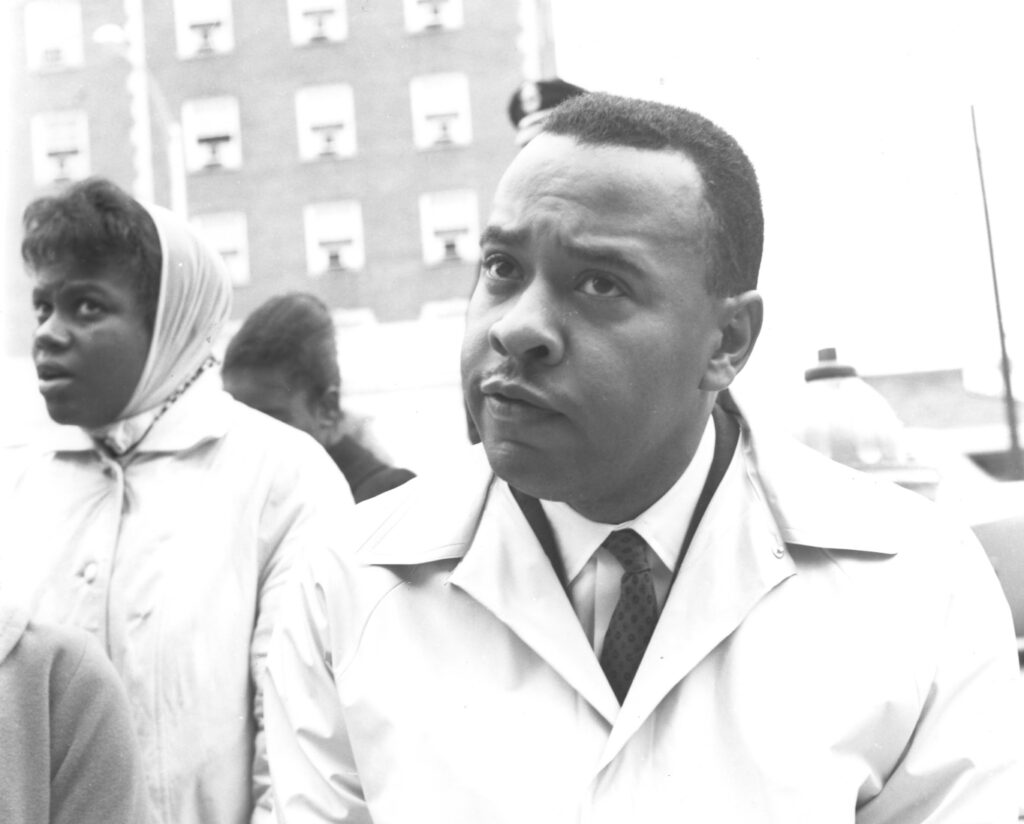
University Status
Albany State spent the years after the 1960s expanding and improving its curriculum and faculty. In cooperation with Georgia State University, Albany State began offering graduate degrees in 1972. By 1981 the school employed a sufficient number of faculty members with doctorates to provide a master of arts program designed and taught solely by Albany State faculty. In July 1996 the university system’s Board of Regents approved a name change, and the school officially became Albany State University.
The school experienced a major setback in 1994 when tropical storm Alberto caused the worst flooding in Albany’s history. The Flint River crested at about forty-four feet, causing millions of dollars worth of damage to campus facilities. The state stepped in to help when Governor Zell Miller declared the college “unsinkable” and pledged financial support. Under presidents Black and Shields, a $153 million flood recovery and rebuilding plan was conceived that modernized and expanded the campus. The campus flooded again in 1998, but the catastrophe did not derail rebuilding efforts. Since the floods, many new buildings have been completed and put into use, including dormitories, classrooms, a dining hall, an athletic complex, an energy plant, and numerous others.
Today Albany State University continues to provide a wide range of educational opportunities to the residents of southwest Georgia. The school participates in an engineering transfer program and a dual degree program with the Georgia Institute of Technology, one of the top engineering schools in the nation. President Shields created the Holley Institute summer program, which consists of an intense four weeks of study to help high school students improve low SAT scores and gain admission to college. The program has a near 100 percent success rate and has received praise from the state Board of Regents. Albany State also has the third highest student retention rate in the university system. In 2002 famed performer Ray Charles, an Albany native, donated $3 million to the university for the construction of a new fine arts building.
As of 2006 roughly 3,700 students attended Albany State, 80 percent of whom are undergraduates. While more than 90 percent of students are African American, the student body reflects great diversity in age and gender. About 40 percent of the students are classified as “nontraditional,” meaning that they are older than age twenty-two, and approximately 60 percent are women. A greater diversity exists among the faculty, which consists of scholars from numerous racial and ethnic backgrounds.


